Fake News Detection
Employing graph based machine learning for fake news detection
In the age of fake news and inspired by graph based machine learning techniques, in this project, I worked with propagation-based approaches and real-world data to help detect fake news. Check out our github repository for more details!
I constructed a new dataset based on the MuMiN dataset using Twitter API for tweet extraction. I also created an end-to-end data collection framework using Twitter API (v1 and v2 endpoints) that builds a graph structure for Graph Neural Network (GNN) models starting from any root tweets.
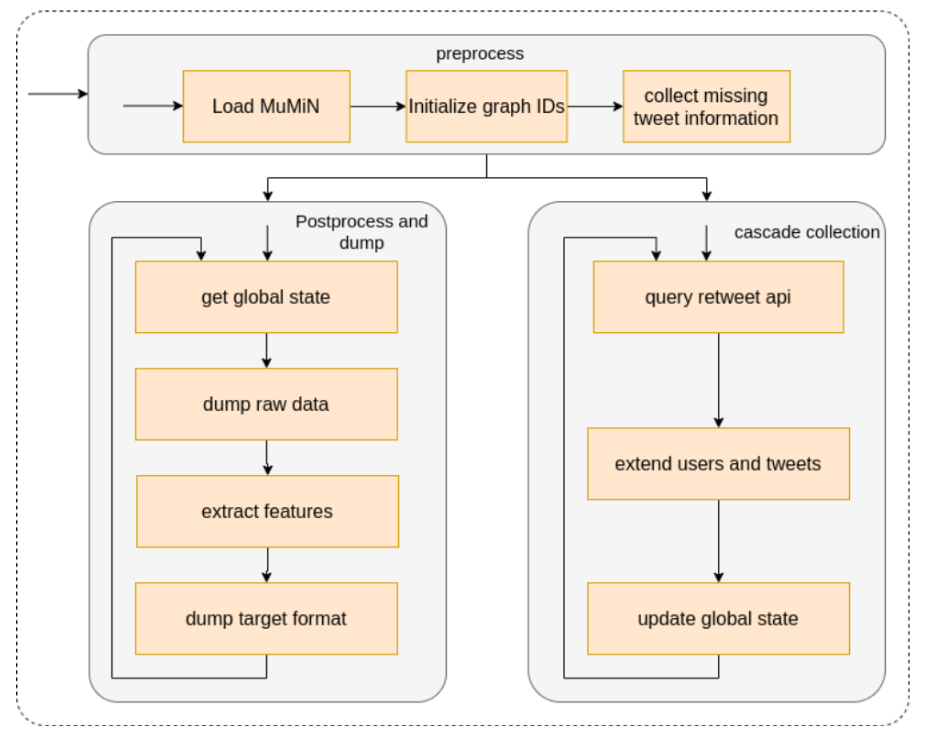
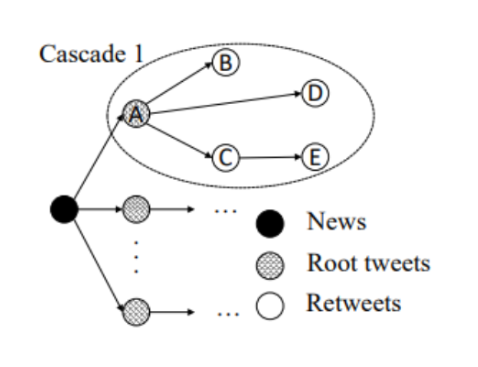
Then, I evaluated the performance of GNN models (employed in PyTorch) on multiple social media datasets.
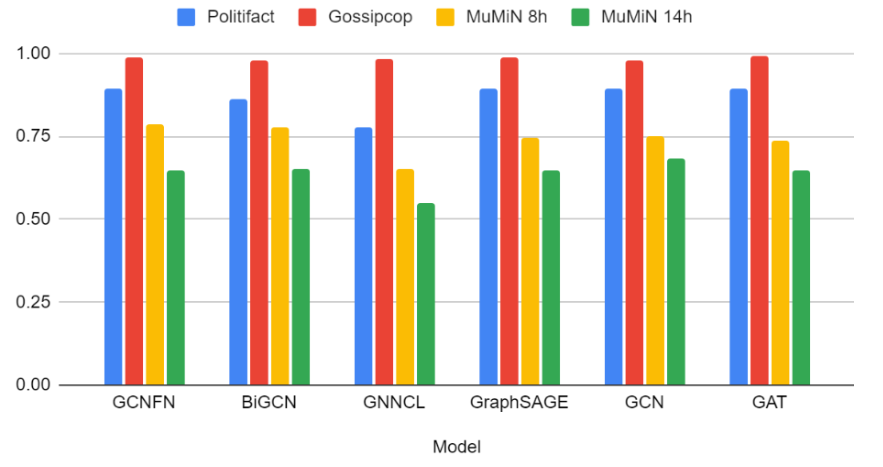
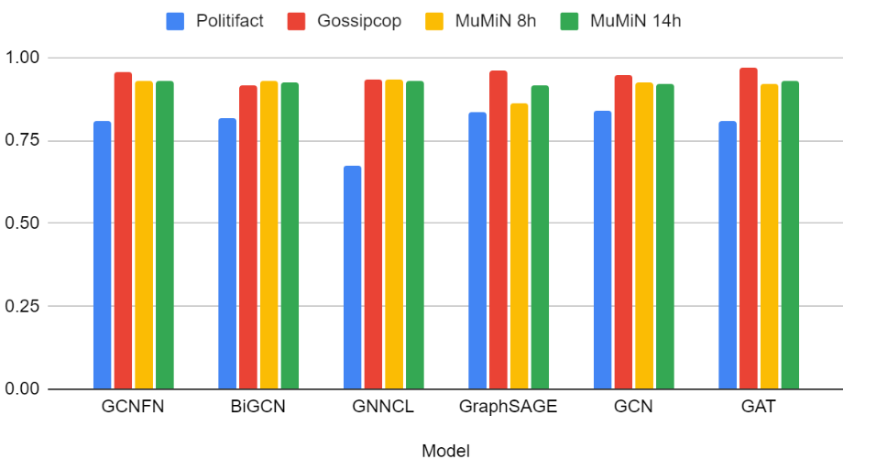
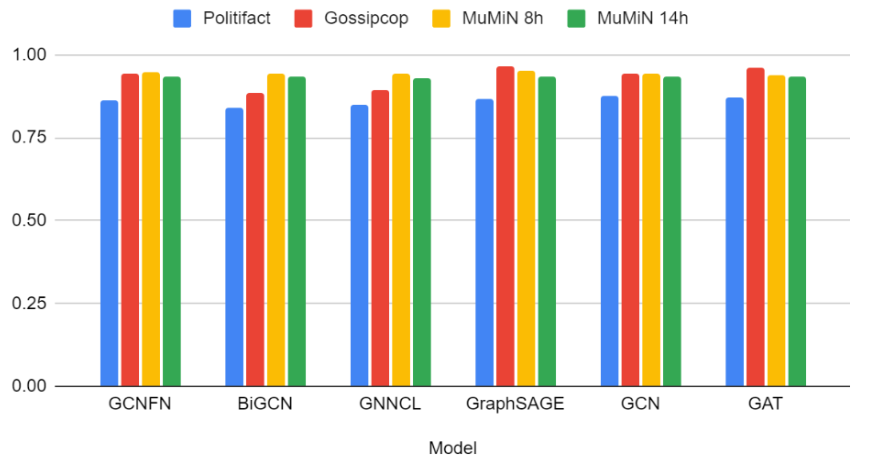
<!--
See https://www.debugbear.com/blog/responsive-images#w-descriptors-and-the-sizes-attribute and
https://developer.mozilla.org/en-US/docs/Learn/HTML/Multimedia_and_embedding/Responsive_images for info on defining 'sizes' for responsive images
-->
<source
class="responsive-img-srcset"
srcset="/assets/img/graph-design-480.webp 480w,/assets/img/graph-design-800.webp 800w,/assets/img/graph-design-1400.webp 1400w,"
type="image/webp"
sizes="95vw"
>
<img
src="/assets/img/graph-design.png"
class="img-fluid rounded z-depth-1"
width="100%"
height="auto"
title="design"
loading="lazy"
onerror="this.onerror=null; $('.responsive-img-srcset').remove();"
>
</picture>
</figure>
</div>
</div>

Then, I evaluated the performance of GNN models (employed in PyTorch) on multiple social media datasets.



–>